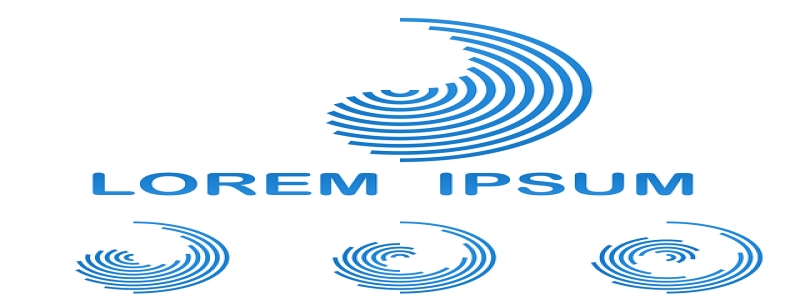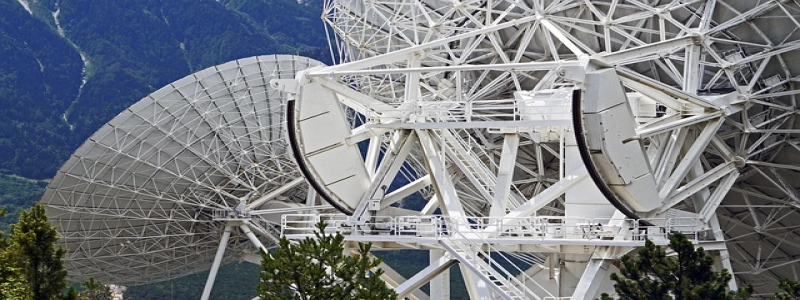Multi Mode vs Single Mode Fiber
Introduction:
In the realm of fiber optic cables, there are two primary types available in the market – multi mode fiber (MMF) and single mode fiber (SMF). Both these types have distinct characteristics and are used for different purposes. This article aims to provide an in-depth understanding of the differences between the two and their various applications.
Title 1: Multi Mode Fiber
Definition and Characteristics:
Multi mode fiber, as the name suggests, allows multiple modes of light to travel simultaneously through its core. The core diameter is usually larger, ranging from 50 to 62.5 micrometers. This larger core size enables easier coupling of light sources and receivers. Due to its size, MMF has a higher numerical aperture, allowing for the acceptance of light at wider angles. This characteristic makes MMF more tolerant of slight misalignments in connectors during installation.
Applications:
Due to its ability to transmit multiple modes of light, multi mode fiber is commonly used for short-distance transmissions, typically within a building or a campus network. It is widely used in Ethernet networks, local area networks (LANs), and fiber optic links for data centers. MMF is also suitable for applications that require high bandwidth, such as multimedia transmission, video conferencing, and LAN backbones.
Title 2: Single Mode Fiber
Definition and Characteristics:
In contrast to multi mode fiber, single mode fiber allows the transmission of only a single mode of light. This is achieved by having a much smaller core diameter, typically around 9 micrometers. The core diameter is significantly reduced, which causes the single mode fiber to have a much higher bandwidth and lower dispersion. The small core size also results in lower light attenuation during transmission.
Applications:
Single mode fiber is mostly used for long-distance transmissions, typically beyond 10 kilometers. Its small core size enables the transmission of light in a straight line, minimizing signal loss and offering longer transmission distances. SMF is widely used in telecommunications, long-haul networks, metropolitan area networks (MANs), and backbone networks. It is also the preferred choice for high-speed applications, such as internet connectivity and long-distance data transmission.
Conclusion:
The choice between multi mode and single mode fiber depends on the specific application requirements. Multi mode fiber is ideal for short-distance and high-bandwidth applications, providing cost-effective solutions for local networks. On the other hand, single mode fiber is suitable for long-distance and high-speed applications, ensuring reliable and efficient data transmission. Understanding the differences between these two fiber types will enable users to make informed decisions and select the appropriate fiber optic cable for their needs.








